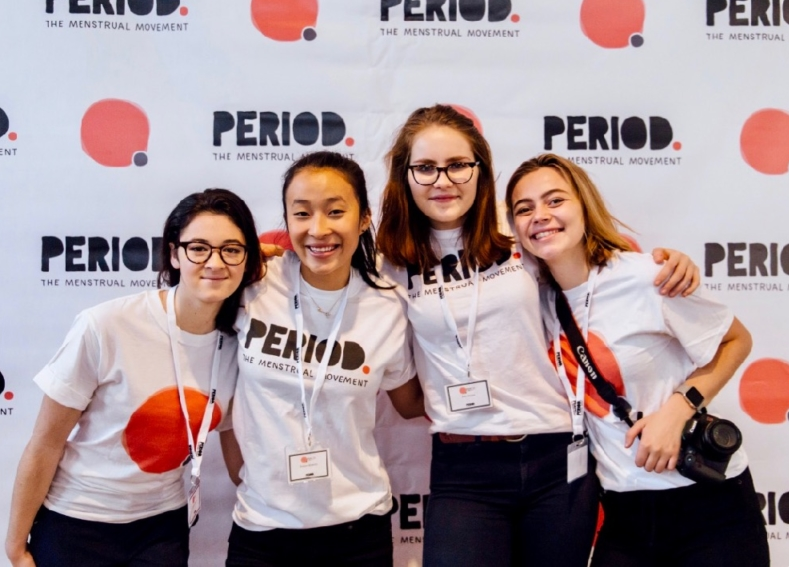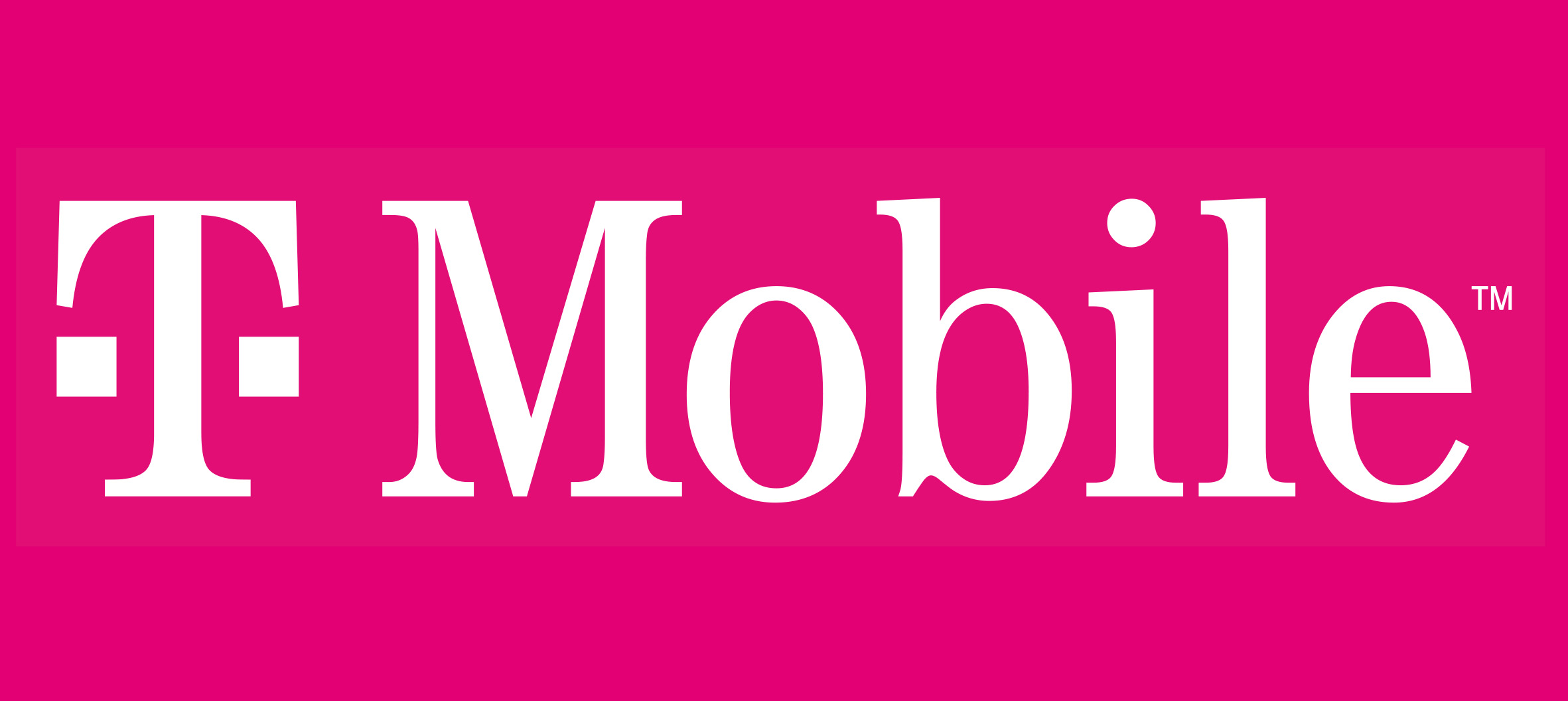Advice From Nadya to Youth Changemakers: How to Use Early Seed Funding to Make the Biggest Impact
By Nadya Okamoto, Founder and Executive Director of PERIOD

Originally published on T-Mobile
This is part two in a three-part series in which Nadya Okamoto provides advice to T-Mobile’s Changemaker Challenge participants. Nadya was recently named to the 2019 Forbes 30 under 30 and the Bloomberg 50 “Ones to Watch” list for her work founding PERIOD. For more advice from Nadya, stay tuned to the T-Mobile newsroom or follow #TMOChangemaker on social!
As much as we might not like to admit it…money drives impact when starting a new program. We can have all the heart in the world for this work, but at the end of the day, if we don’t have the resources to bring programs to life, it is challenging to make serious impact on our communities for the better. When I started my nonprofit PERIOD, I was 16-years-old and a junior in high school. After hearing the stories of period poverty directly from homeless women and learning that at the time 40 states in the U.S. had a sales tax on period products because they were considered “luxury items,” I knew that I needed to act.
I knew I wanted to get period products to homeless women in Portland, which meant that I needed to somehow raise the funds to buy the product or create opportunities for others to donate period products. I didn’t come from a lot of family money – in fact, at the time, my family was just getting back on our own feet after experiencing several months of living without a home of our own. I tried everything from crowdfunding online, to handwriting notes to random parents at my school asking for a few dollars, to busking in downtown Portland with some friends during the holidays.
No matter what we tried at the time, it felt exhausting with very little return in terms of revenue. So, I took to the internet and started finding conferences and incubators that included some sort of cash incentive, and I applied to all of them.
When we landed our first seed grant of $2,500, I was ecstatic – that was more money than I had ever seen on one check in my whole life at the time, and to receive it from a well-known brand felt like I gained a whole new level of validation for my idea. Since then, we have raised much more in our journey to become now the largest youth-run NGO in women’s health in the world. My team is similar to T-Mobile’s Changemakers, all starting with that initial seed grant to get the program up and running. I’m so excited for the 30 winning teams of the T-Mobile Changemaker Challenge, who will receive at least $2,000 in seed funding (with the top winning team getting as much as $10,000!). I wanted to share some quick tips on what to do with seed funding when you receive it:
Prove your idea works
Spend time proving that your impact strategy really works: when we first received our funding, one of the first things that we did was go to a store and buy tampons and pads so that we could practice putting together what we call our “period packs” and distributing them to get feedback from homeless women and homeless shelters. What is your impact strategy? Go test it out, and make sure you are constantly seeking feedback and documenting the work that you’re doing and sharing it across social media and with your supporters. It’s great practice to share updates on your work with the issuer of your seed grant.
Invest in your team
The reality is, as a start-up in very early phases, you probably won’t be able to provide financial compensation for your team or yourself. For the first couple years of PERIOD, no one on my team was paid. But at the same time, your team is your most valuable asset. People were getting involved in PERIOD because they genuinely cared about ending period poverty and period stigma – but it was hard work. We spent some of our initial funds on team building and bonding as a group, and looking back that was really important. The most precious resource I think any organization has is its people and their time – so motivate your team and let them know you’re in this together.
Create marketing opportunities
One of the reasons PERIOD was able to scale so quickly in terms of our network of volunteers, support, and sponsors, was our consistent use of social media. It’s a free resource that you and every person with a smartphone has, so use it. We wanted to show, vs just tell, the work that we were doing – which was done through videos and images on social media. Consider spending some of your funds to create opportunities to showcase your impact, make more impact, and capture it to share on social media and with donors. I believe so strongly in the power of brand and marketing for any organization – so much so that I started a whole new company on it. I’m Chief Brand Officer at JUV Consulting!
It is important to not rush into spending your funds, which is hard, because that first check is exciting! But take a step back, really analyze where your money will go the furthest. I look forward to seeing how all of the T-Mobile Changemakers use their funds, and speaking with you all more about it at the Changemaker Lab in February!
-Nadya

